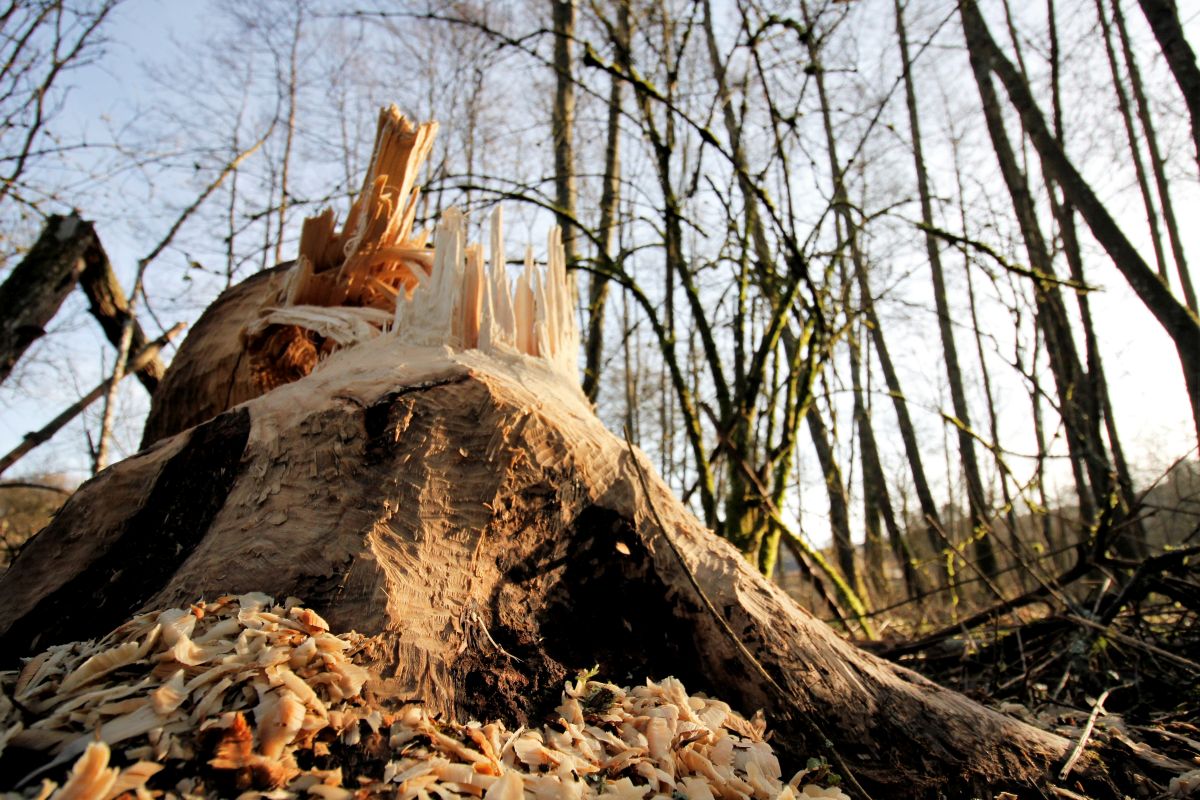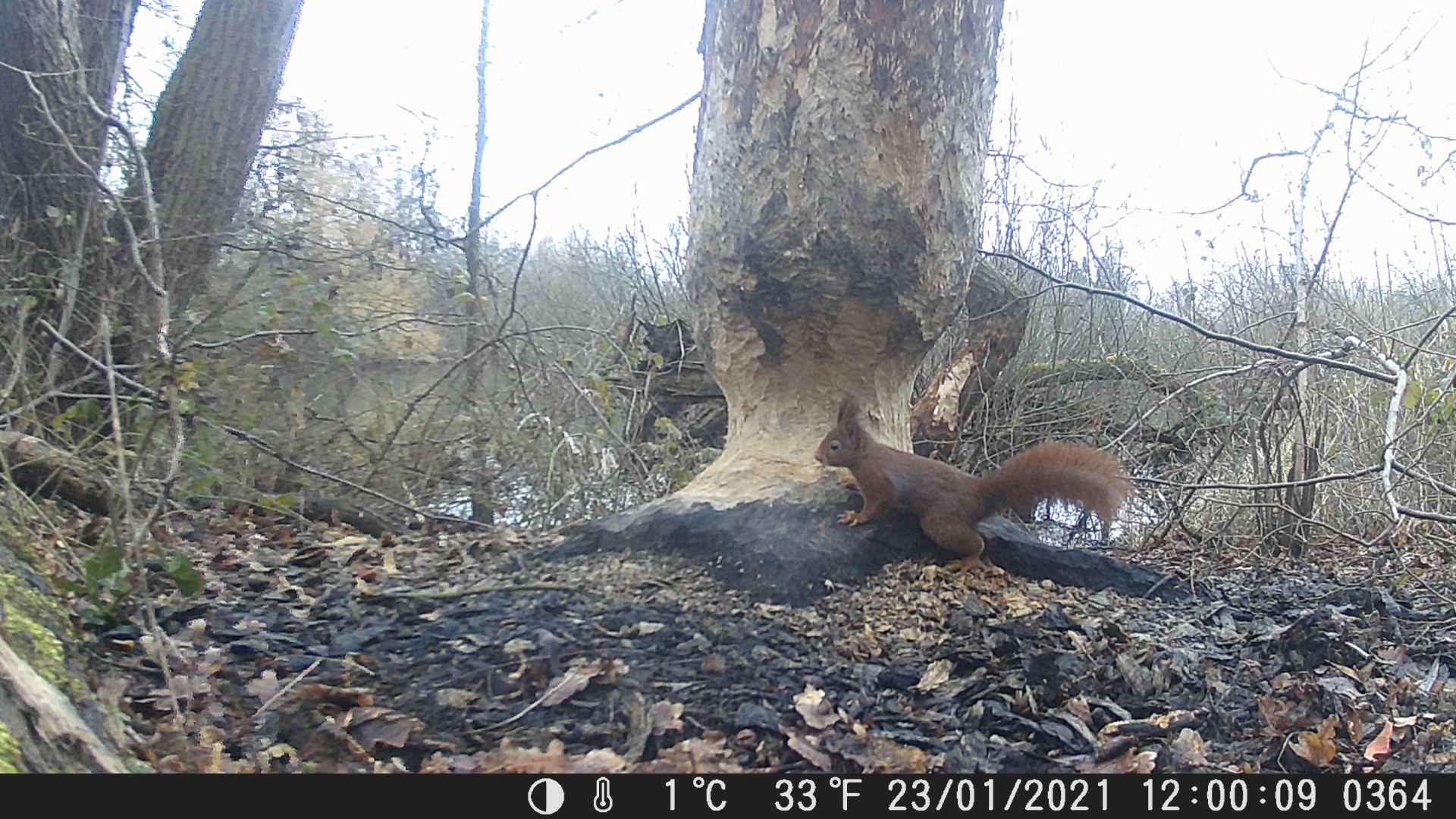Mustelid galore
A 100% mammal (holi)day enjoying the spectacle of mustelids in a specially designed hide from dusk till midnight with an option to stay all night. Pine Marten, Beech Marten and Polecat are regular visitors with Badgers occasionally. During the day before and the following morning time will be spent in a nearby nature reserve that has a resident family of Eurasian Otters. So, with a bit of luck you’ll observe four, and maybe even five, members of the mustelid family!
- Beech Marten © Jan Kelchtermans
- Wood Mouse © Alain Melis
- Pine Marten © Alain Melis
- Beech Marten © Jan Kelchtermans
- Male Polecat © Alain Melis
- Pine Marten © Jan Kelchtermans
- Beech Marten © Alain Melis
- Brown Rat © Alain Melis
- Beech Marten © Alain Melis
- Beech Marten © Alain Melis
- Pine Marten © Alain Melis
- Beech Marten © Alain Melis
Timing and extensions
A visit is possible in any season. In winter it can be combined with the spectacle of wildfowl in the Dutch-Belgian delta. One might even dream of a Dutch Wolf as there is a pack within an hour’s drive of the hide. More details about the spectacle of wildfowl in the Dutch-Belgian delta option is available on our website – check out the TOURS chapter.
En route towards the mustelid hide and Otter stake out, two pit stops (The Oostvaardersplassen & The Biesbosch) can be made to break the 3 hour ride.
The Oostvaardersplassen: an important Ramsar wetland
The nature reserve, noted as an experiment of rewilding, situated in a polder, covers about 56 square kilometres. Given its ecological interest, it was declared as a Ramsar wetland about 2 decades ago. Nowadays ‘The Oostvaardersplassen’ belong to ‘ Nieuw Land National Park’ ; a NP which was created in 2018. The area is home to Great Cormorant, Common Spoonbill, Great White Egret, Eurasian Bittern, White-tailed Eagle and Bearded Tit. It is a very important migration stopover and feeding site for waders in spring and autumn particularly so for Grey and Golden Plovers. In winter large flocks of Barnacle and White-fronted Geese are resident in the area. Due to the absence of natural predators, Red Deer are a common sighting in the polder.
- Bearded Tit © Alain Melis
- Barnacle Geese © Jan Kelchtermans
- White-tailed Eagle © Jan Kelchtermans
The Biesbosch National Park: where White-tailed Eagles and Ospreys strike!
The extensive area of freshwater and tidal wetlands consists of a large network of rivers and smaller and larger creeks with islands. The vegetation is mostly willow forests, along with wet grasslands and reedbeds. The Beaver is the figurehead of the Biesbosch with approximately 300 individuals living in over 100 lodges throughout the area. The signs of their gnawing are visible throughout the area as their preferred diet consists of tree bast, twigs and willows. Thanks to high populations of small mammals, wildfowl and fish some exciting birds of prey (Osprey and White-tailed Eagle) have recently recolonised the area. By using the exclusive service of a whisper boat we will get access to the impenetrable parts of the Biesbosch NP. It will reveal untouched nature that would normally remain unseen without using the services of a whisper boat.
- A day active European Beaver in winter © Jan Kelchtermans
- Beaver feeding from Willow Tree © Jan Kelchtermans
- European Beaver © Jan Kelchtermans
- European Beaver © Jan Kelchtermans
- Beaver feeding from Willow Tree © Jan Kelchtermans
- European Beaver © Jan Kelchtermans
The Weerribben-Wieden NP: the Dutch cradle of Eurasian Otter
Swamp forest, water, birds and endless reedbeds: nature in the Weerribben looks untouched. But appearances can be deceiving, because every meter of soil here is man-made. The extraction of peat changed the landscape into a swampy area with valuable wetland nature. The area is home to Great Reed Warbler, White Stork, Purple Heron, Bittern, Bearded Tit and Black Tern. The area is known as an Otter nursery and with a little luck a smart and playful animal will show itself while we are using the services of a whisper boat or scanning from avian observation hides present in the area.
- Cormorant © Alain Melis
- Eurasian Otter and Greylag Goose © Alain Melis
- White Stork © Jan Kelchtermans
The mustelid hide
The hide overlooks a regular feeding area that is visited by the resident mustelids. All animals visiting the feeding area are used to the artificial light lightening up the area in front of the hide. Although moving slowly and whispering is standard hide behaviour, the hide has enough room to move about without too many limitations. The hide is specially designed for photographers complete with tri-pod head mount screws and mirror glass. The hide caters for singles, duos and small groups and has a toilet, a bunkbed, comfortable chairs and, for cold nights, under floor heating. For those willing to sleep in, bags are provided as are snacks and drinks. A nearby rustic hotel will function as base camp catering and overnight wise. Regardless of whether you are a photographer or just happy watching the animals, the hide give you some fabulous and very close views of what in general are very difficult mammals to see in the wild. Given the high chance of close views it will be an unforgettable experience for everyone.
- Beech Marten © Jan Kelchtermans
The Belgian Ardennes
Also the birds and mammals of the Belgian Ardennes are an option to add before and after. Potential avian goodies in that area are: Dipper, Pygmy Owl, Tengmalm’s Owl, Eagle Owl, Osprey, Black Stork, Nutcracker, Hawfinch, Black Woodpecker, Middle-spotted Woodpecker and Crested Tit. Mammalwise there is Wildcat, Beaver, Badger, Raccoon and Red Squirrel to look for. Osprey congregation nearby a trout breeding farm (from late March until early April) or spring migration of Common Cranes (February – March) two spectacular natural phenomena to watch!
- Ravens © Jan Kelchtermans
- Blackthorn and Mistletoe © Jan Kelchtermans
- Black Woodpecker © Jan Kelchtermans
- Osprey © Jan Kelchtermans
- Wild Dafodills © Jan Kelchtermans
- Dipper © Jan Kelchtermans
- Crested Tit © Jan Kelchtermans
- Woodcock © Jan Kelchtermans
- European Beaver © Jan Kelchtermans
- Tengmalm’s Owl © Jan Kelchtermans
- Eagle Owl © Jan Kelchtermans
- Pygmy Owl © Jan Kelchtermans
For the Brits: a ‘flightless’ midweek tour (5 days/4 nights)
By using the Eurostar rail service through the channel tunnel there is the opportunity to make this a ‘flightless’ wildlife holiday. EB5 people will be waiting for you at Brussels South railway station. A short, final train ride will bring you to Mechelen ; a Flemish city from where the tour effectively starts and ends. Beavers do recolonise nearby rivers and lakes very rapidly!
- Trailcam footage (Beaver) on privat property © P. Van den Wyngaert
- Trailcam footage (Beaver) on privat property © P. Van den Wyngaert
- Trailcam footage (Beaver) on privat property © P. Van den Wyngaert
- Trailcam footage (Red Fox) on privat property © P. Van den Wyngaert
- Trailcam footage (Red Squirrel) on privat property © P. Van den Wyngaert
- Trailcam footage (Beech Marten) on privat property © P. Van den Wyngaert
- Trailcam footage (Beaver) on privat property © P. Van den Wyngaert
- Trailcam footage (Beaver) on privat property © P. Van den Wyngaert
- Trailcam footage (Beaver) on privat property © P. Van den Wyngaert













































